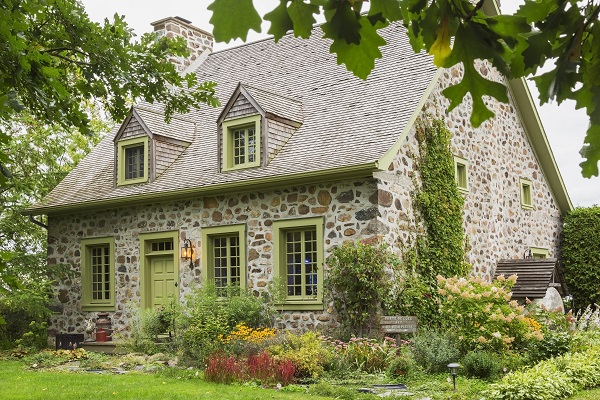A new study has revealed that Guildford’s green belt has been rated the most under threat, due to their population increase of 9.63% over the last 10 years.
The town’s green belt space of 22,636 hectares could be at risk of building expansion as the area reports that the number of houses built in the area has increased by 80% over the last decade.
This comes as Keir Starmer reveals that labour will give local authorities more power to build on green belt land to meet their area’s housing needs if the party wins at the next general election.
As population growth and the housing shortage crisis continue, green belt spaces are becoming prime building hotspots. Between 2009 and 2018, nearly 65,000 new homes were approved on green belt land across the UK.
The study, which analyses the green belts in the UK which are most at risk of housing development plans due to surging population growth, found Chorley, Thurrock, Epping Forest and Tandbridge follow Guildford as areas at risk of potential green belt building expansion in the future. All of the areas have green belts of over 10 thousand hectares and a population increase of at least 7%, leaving them vulnerable to housing development plans.
The findings, collated by plant and cherry picker hire specialists at Herts Tools, analysed the areas with the fastest population growth across the UK over the past 10 years as well as the areas with the most green belt space. The data reveals where in the UK is most likely to be exploited for building work.
The latest house building report shows that in the financial year ending March 2022, there were 204,530 house builds completed in the UK. The area with the highest house-building rate over the past 10 years is Maldon, Essex, which has experienced a 1600% increase in homes built. This is followed by areas of the North: Harrogate, Preston, Salford and Clackmannanshire, Scotland.
Stefano Lobban, Director at Herts Tools, said, “Just because there is a green belt that can be built on, it doesn’t necessarily mean that we should. Building on green belts will mean that urban regeneration opportunities are ignored. There is plenty of other land which can be utilised for house building.
“The number of long-term empty homes in England has increased by 4.8% over the past year. We should be regenerating pre-used land and buildings, often left neglected and decaying anyway which will breathe new life into our towns and cities.
Policy regarding green belt land has always stated that restrictions are in place to prevent development from occurring on the area. Urban sprawl is the biggest threat to climate change and many believe the housing crisis won’t be resolved by releasing land.”
How does building on green belts impact wildlife?
With green belt land taking up just 13% of the available land in England, experts are warning that we must protect these spaces which are fundamental to wildlife preservation and beneficial to the well-being of many city and town residents.
Wildlife expert and Director of Ark Wildlife Sean McMenemy said, “Construction work can affect the environment in a number of different ways, from threatening wildlife habitats to polluting the surroundings with industrial waste. This is particularly important to address in green belt spaces which are designed to preserve wildlife habitats and stop urban over-expansion.
Once the green belt is breached what’s to stop the onward march of development into ever greater natural space? Wildlife is directly affected by development but breaching or building on green space further fragments wildlife populations and creates damage far beyond ‘this pond’ or ‘that hedgerow’. It disrupts the whole fabric of the connected nature pathways, which are already under immense pressure”






Leave a Comment